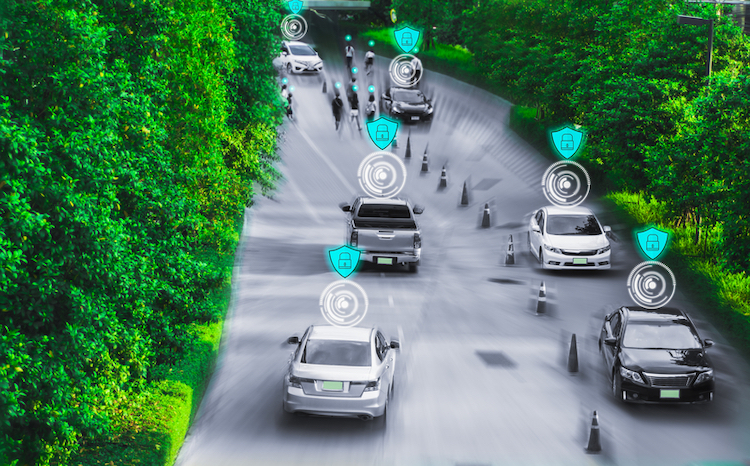
Vehicle Automation: Navigating the Future Roads
In the fast-paced world we live in, technology continually pushes boundaries, and one of the most prominent examples of this is vehicle automation. This article explores the intricacies of vehicle automation, from its historical roots to its future implications.
Introduction
Vehicle automation refers to the integration of advanced technologies into vehicles to perform tasks traditionally done by humans. In today’s context, this involves a spectrum of features ranging from basic driver assistance systems to fully autonomous vehicles. The importance of vehicle automation in our modern era cannot be overstated, as it reshapes the way we perceive and interact with transportation.
Evolution of Vehicle Automation
To truly understand the significance of vehicle automation, we need to delve into its evolution. Historically, automation in vehicles can be traced back to early experiments with cruise control. However, the journey from those rudimentary systems to the sophisticated automation we see today has been marked by significant milestones.
Types of Vehicle Automation
Understanding the various levels of vehicle automation is crucial. From Level 0 (no automation) to Level 5 (full automation), each level represents a different degree of autonomy. Examples of automated features include adaptive cruise control, lane-keeping assistance, and self-parking capabilities.
Benefits of Vehicle Automation
The integration of automation into vehicles brings about numerous benefits. Firstly, it enhances safety by reducing the likelihood of human error. Additionally, automation improves efficiency, leading to smoother traffic flow and increased convenience for drivers.
Challenges and Concerns
Despite the promises of vehicle automation, it is not without its challenges. Technical hurdles, ethical dilemmas, and legal considerations must be addressed to ensure a safe and responsible transition to an automated future.
Current Trends in Vehicle Automation
The automotive industry is witnessing exciting trends in vehicle automation. Market demands are driving innovation, resulting in features like advanced driver assistance systems (ADAS) becoming commonplace. Additionally, breakthroughs in artificial intelligence are pushing the boundaries of what is possible in automation.
Future Prospects
Looking ahead, the future of vehicle automation is both promising and intriguing. Anticipated advancements include the widespread adoption of autonomous vehicles and the integration of automation into various aspects of daily life.
Industry Players and Innovations
Leading companies in the automotive and technology sectors are at the forefront of driving innovation in vehicle automation. From Tesla’s Autopilot to Waymo’s self-driving technology, these players shape the landscape of automated vehicles.
Integrating Vehicle Automation into Daily Life
As automation becomes more prevalent, its integration into daily life is inevitable. Commuters can expect changes in how they navigate roads, and cities may need to adapt their infrastructure to accommodate automated vehicles seamlessly.
Public Perception and Adoption
Understanding public attitudes toward vehicle automation is crucial for its widespread adoption. Factors such as trust in technology, personal preferences, and cultural considerations play a significant role in shaping the acceptance of automated vehicles.
Environmental Impact
Beyond safety and efficiency, vehicle automation has the potential to positively impact the environment. Sustainable practices, coupled with automation, can lead to a reduced carbon footprint and a more environmentally friendly transportation system.
Addressing Security Concerns
The rise of vehicle automation brings new challenges, particularly in cybersecurity. Protecting automated systems from potential threats is paramount to ensuring the safety and reliability of automated vehicles.
Global Regulations and Standards
The regulatory landscape for vehicle automation is evolving. International efforts are underway to establish standards that ensure the responsible development and deployment of automated vehicles on a global scale.
Social and Economic Implications
The widespread adoption of vehicle automation will undoubtedly have social and economic implications. From changes in employment patterns to considerations of social equality, society must navigate these shifts thoughtfully.
Conclusion
In conclusion, vehicle automation is not merely a technological advancement; it is a paradigm shift in how we perceive and engage with transportation. From safety improvements to environmental impact, the journey to fully automated vehicles is both exciting and complex.
https://projectworking0.blogspot.com/2023/11/navigating-tomorrow-unraveling-realm-of.html

